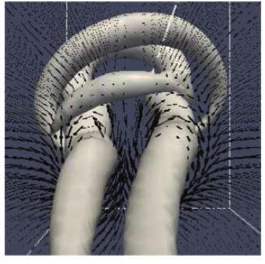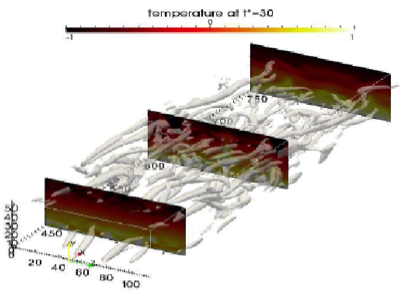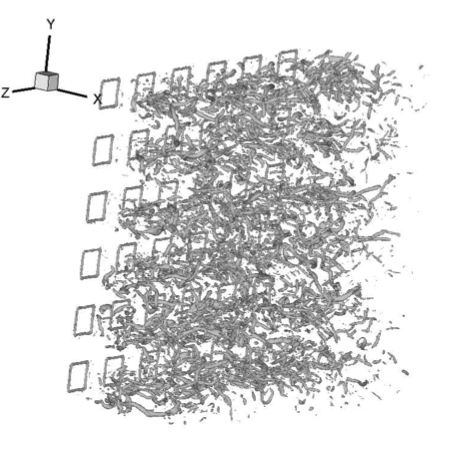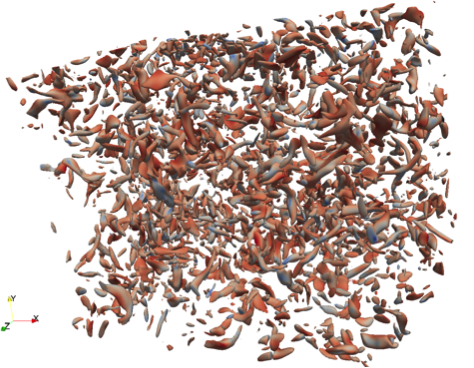Associate Professor Temitope Egbelakin awarded DFAT COALAR Funding
A/Prof Temi Egbelakin and her team (Prof SueAnne Ware, Dr Sittimont Kanjanabootra, Dr Sandra Carrasco, Dr Olabode Ogunmakinde and Mr… Read more

The Fluid Mechanics and Turbulence Research Group is applying an advanced understanding of the physics of turbulence to developments in turbulence computation, control and management.
Fluid Mechanics and Turbulence Management and control of fluid flows is currently of major international focus in turbulence research primarily due to its wide spread technological, economic and environmental implications. Turbulence management aims to enhance or attenuate turbulence levels using appropriate techniques. Research over the past half century has resulted in significant advances in understanding the physics of turbulence, which is one of the most complex problems in physics. Researchers in the School of Engineering are taking this knowledge and applying resources and expertise to make significant contributions to improving management and control of turbulence.
Turbulence management concepts can be applied in any industry/technology dealing with fluids. Typical examples are process, material transport, power, aerospace, marine industries and environmental aerodynamics. Thus there is enormous significance in developing and applying turbulence management strategies both from local and global perspectives. The economic benefits and environmental advantages of such an approach can lead to significant improvement in the quality of life.
Research in Turbulence will also benefit industry, as it will provide improved processes that will be energy and cost efficient.
The group has developed expertise in the new computational fluid dynamics (CFD) method called lattice Boltzmann method (LBM). LBM is used to simulate complex turbulent flows and has significant industrial applications. The LBM has been successfully used to simulate macroflows (e.g. grid-generated turbulence, flow behind parallel cylinders) and microflows (e.g. flow in microchannels and mixing in a microreactor). The LBM simulations are carried out either on a single PC or using a PC cluster of 8 dual processors for parallel computations. The group offers expert advice to industry and currently collaborates with overseas groups.
Some results of direct numerical simulations based on the lattice Boltzmann method (LBM):

Fig 1. Hairpin structure issued from a pulsed jet in a laminar channel flow.

Fig 2. "Synthetic turbulence" generated from a single pulsed jet in a laminar channel flow.

Fig. 3. Coherent structures behind a grid made of square blocks.

Fig. 4. Iso-contour of the enstrophy (w2) in grid turbulence.
The University of Newcastle acknowledges the traditional custodians of the lands within our footprint areas: Awabakal, Darkinjung, Biripai, Worimi, Wonnarua, and Eora Nations. We also pay respect to the wisdom of our Elders past and present.